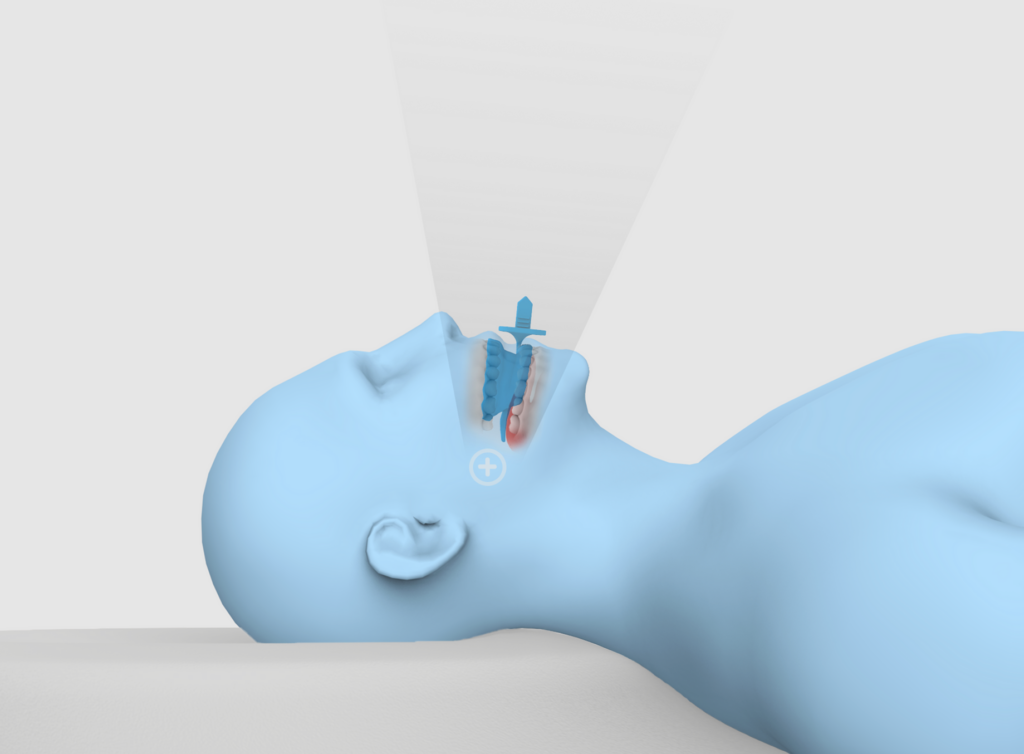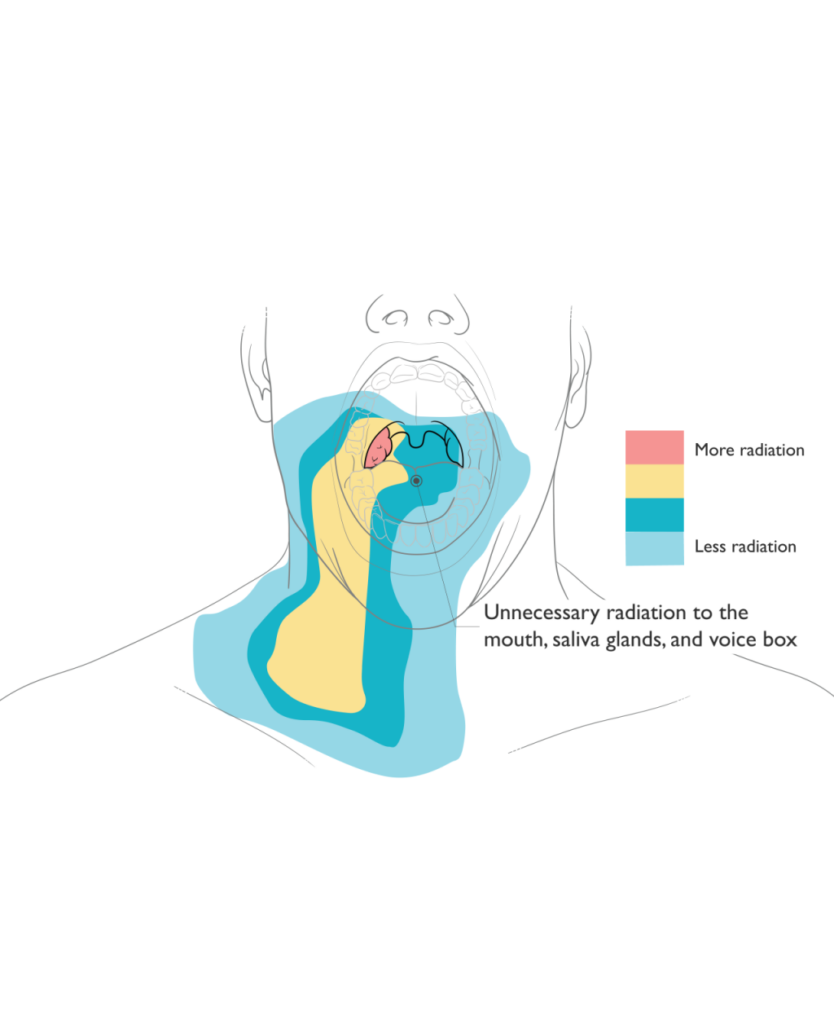Radiation treatment is a crucial aspect of contemporary medicine, with half of all cancer patients undergoing it. By directing X-ray or proton beams at a tumor, it’s possible to halts tumor growth and damage its DNA, ultimately leading to its death. Historically, radiation therapy has been somewhat rudimentary, targeting large areas of the body. However, ongoing refinements have led to more precise and effective treatments.
Given the over 12 million annual cancer cases reported globally, improving the efficacy of radiation treatment is significant both in terms of prolonging life and reducing financial impact. Now, Baltimore, Maryland-based Kallisio has received FDA 510(k) clearance for its patient-specific oral stents, called Stentra, which play a crucial role in protecting healthy tissue during radiation treatments for head and neck cancers.
These stents are custom immobilization devices designed to secure the patient in a precise position, enhancing the effectiveness of radiation treatment by targeting it more accurately. By minimizing patient movement and ensuring the patient is positioned exactly as needed, these stents reduce the risk of damaging healthy tissue. They also enable doctors to focus their radiation precisely on the tumor.
Besides improving the efficacy of treatment through better targeting Kallisio aims for its stents to be used to manage radiation toxicity. Radiation toxicity is a diffiuclt phenomenon of healthy tissue reacting, differently, to varying doses of radiation. Years of ongoing research have refined treatment protocols so that for every particular cancer optimals are sought between sufficiently killing the cancer or reducing its multiplication while keeping as much of the rest of the patient intact.
In addition to enhancing treatment efficacy through improved targeting, Kallisio’s stents are also designed to help manage radiation toxicity, a challenging phenomenon characterized by healthy tissue reacting differently to various doses of radiation. Years of ongoing research have led to the refinement of treatment protocols. For each specific type of cancer, an optimal balance is sought: effectively killing the cancer or slowing its multiplication, while preserving as much of the healthy surrounding tissue as possible.
To accomplish these objectives, patient scans are first conducted and then sent for fabrication. Since radiation therapy is often ongoing, and both the cancer and the patient’s body can change considerably throughout treatment, it’s desirable to have a short interval between the scan and the subsequent radiation therapy using the stent. In Kallisio’s case, the stents are manufactured in fewer than five days. Additionally, Kallisio provides a comprehensive solution that includes a case management and tracking site, along with a portal.
“Designed to address each patient’s unique treatment and anatomical needs, Stentra delivers an unmatched level of customization and effectiveness in addressing the critical need to safeguard healthy tissue during radiation therapy. FDA clearance is an exciting milestone in our journey to improve patient experiences and quality of life,” said Kallisio CEO Rajan Patel.
Dr. Eugene Koay, Associate Professor of Gastrointestinal Radiation Oncology at MD Anderson, conducted the initial research that was later utilized in the development of Stentra. Koay, along with others, holds a patent for this technology, which was granted in 2020. This research involved exploring how patient scan data could be converted into a stent.
In one particular study, a team examined the possibility of automated stent design. This approach has the potential to lower costs and make the technology easier to implement. Another significant study, published in Clinical and Translational Radiation Oncology, involved a large group of researchers investigating the use of oral stents during radiation therapy. Their findings indicated a reduction in mortality and eating difficulties, coupled with an increase in appetite among patients. These results are particularly encouraging, as difficulties with eating can negatively impact patient health and make living with certain cancers especially challenging on a daily basis.
The field of 3D printing in cancer care is rapidly advancing, encompassing a range of innovations. This includes micro 3D printing for skin treatments, the creation of tumor tissues to aid medical research, and the production of precise cancer models. In addition to these developments, several research groups have successfully utilized 3D printing to create boluses for safeguarding patients during radiation therapy. Notably, Dalhousie University has contributed to this area, and another team has developed a patient-specific knee solution. Furthermore, 3D Systems offers a specialized bolus software solution. Along with these, Kallisio’s technology demonstrates that medical 3D printing really has only just scratched the surface in terms of not just radiotherapy, but also personalized medicine as a whole.

